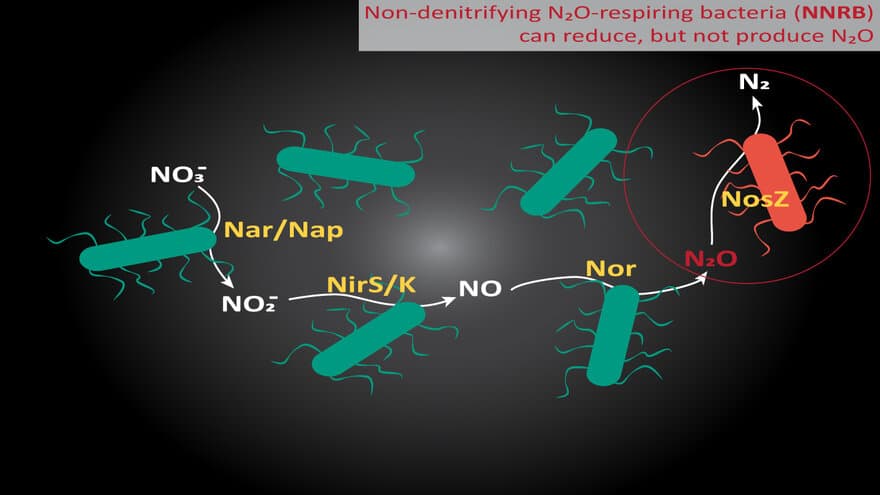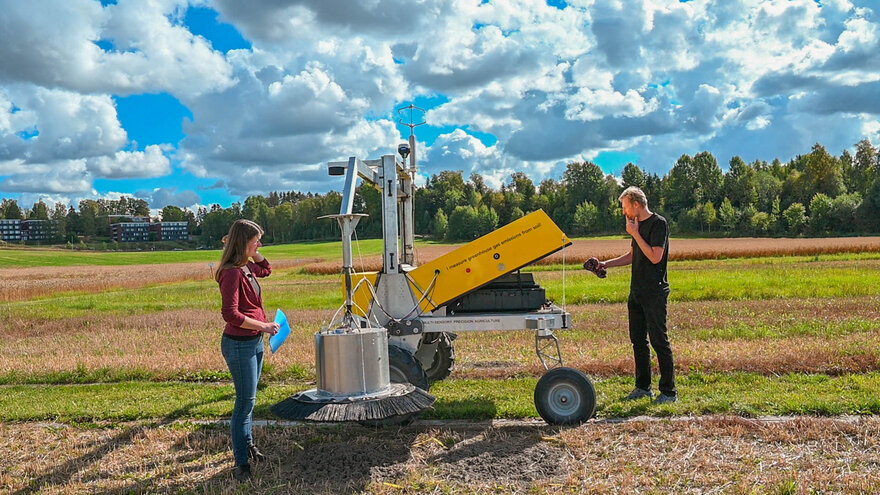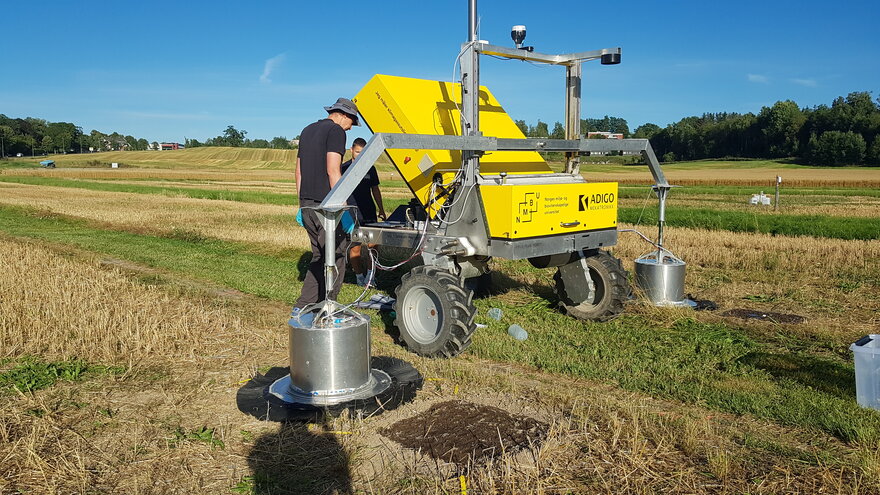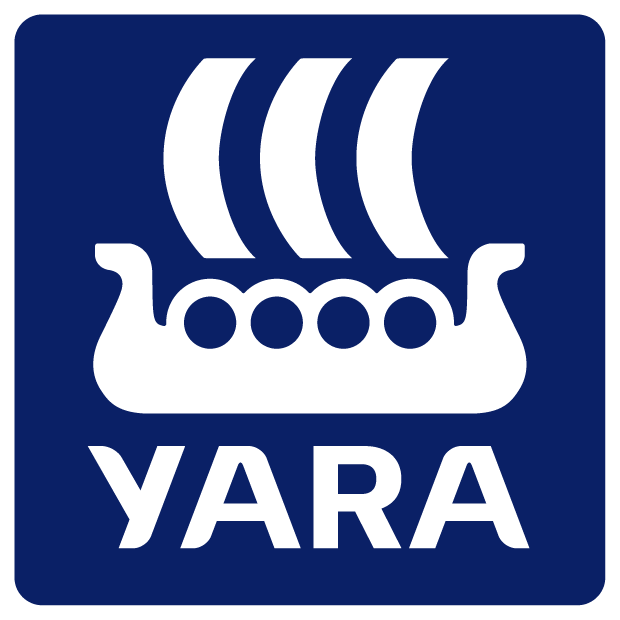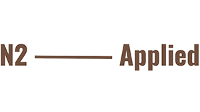The Research Council of Norway
About the project
Background
N2O in the atmosphere contributes to global warming and destroys stratospheric ozone. The concentration of N2O in the atmosphere is escalating, primarily due to nitrogen fertilization of farmland. Reducing this fertilizer-induced emission has become a major environmental challenge for the 21st century. Since only marginal reductions can be achieved by improving agronomic practice, we need more “invasive” techniques targeting the stoichiometry of N-gas production by denitrifying bacteria. This is what NRBOW is about.
Project summary
Food production contributes to global warming, and the farmland’s emission of the climate gas N2O accounts for a large share. It has proven difficult to mitigate these N2O emissions beyond the marginal effects of optimizing fertilization.
However, the NRBOW-team has developed an innovative approach that shows promise in achieving significant reductions in emissions. The concept is to use organic wastes, that are destined for soils anyway, as vectors for special bacteria (NNRB) that can reduce N2O to harmless nitrogen gas (N2).
Suitable NNRB must be able to grow to high numbers in the organic wastes, and must also be metabolically active in soil, thus scavenging N2O that would otherwise be emitted to the atmosphere. A major challenge for the NRBOW-project is to isolate suitable NNRB for the variety of organic wastes that are applied to farmed soils, including organic fertilizer commodities that are expected to take an increasing share of the fertilizer market. These products, which are necessarily stabilized by airdrying (and pelleting), represent a special challenge because the NNRB must be able to survive the airdrying.
The technology for selecting suitable NNRB is powerful in enriching and isolating N2O-reducing bacteria that grow fast in the organic wastes, and survive in soil, but most of the isolates carry the genes for N2O-production as well. These genes will be eliminated, by random mutations and by gene editing, using CRISPR, expecting the use of such gene edited bacteria to be legal in the near future.
For the NNRB technology to become profitable for the farmers and the fertilizer industries, economic incentives must be implemented by the authorities, and this will require verification of the effects on N2O emissions under realistic farming conditions. This is an important task for the NRBOW project.
Participants
No current publications, project start 2024.
